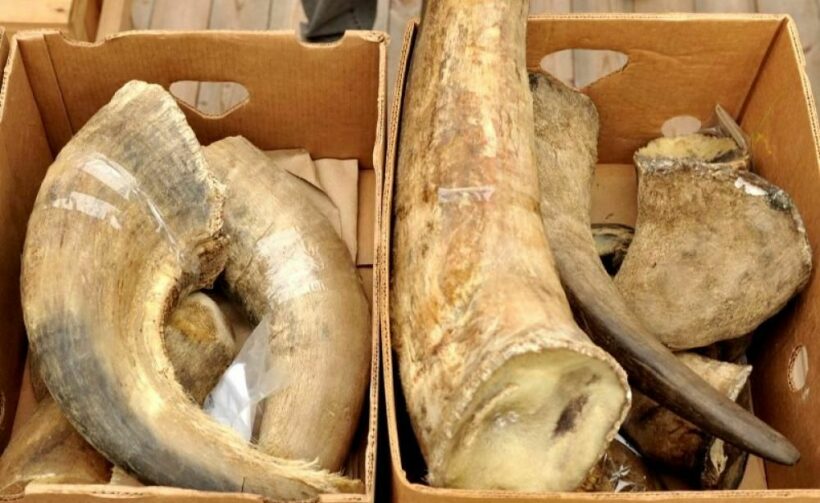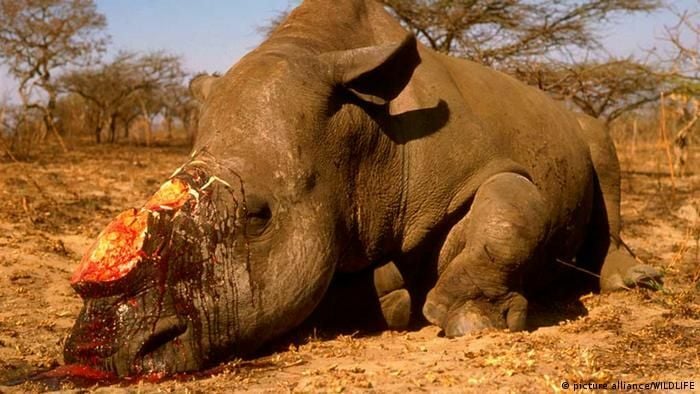Myanmar kleptocracy boosts rhino horn trafficking

Rhino horn trafficking remains a severe problem that needs to be addressed with a new sense of urgency. During 2012-2021, more than 7.5 tons of rhino horn was seized in 674 incidents
Asian rhino horns are less frequently seized than African, but there have been several recent reports of Indian rhino horns being seized at border points in Myanmar and India. A route from India to Myanmar appears to be increasingly important to smugglers.
According to a Wildlife Justice Commission assessment of rhino horn trafficking, horn and products are for sale in eastern Myanmar at notorious wildlife markets in Mong La (bordering China) and Tachileik (bordering Thailand). The Wildlife Crime Control Bureau in India is investigating organised smuggling in Manipur on the Myanmar border. Myanmar’s border regions provide ideal conditions for criminal activity to flourish.
There is a declining trend in Asian rhino horn seizures and Asian rhino poaching rates have shown a consistent decline over the past 10 years. The low seizure weights could reflect the fact that Asian rhino populations are lower than African.
Six countries and territories dominate trafficking routes: South Africa, Vietnam, Mozambique, China, Malaysia, and Hong Kong SAR. South Africa and Vietnam continue to be the two countries most consistently implicated.
Malaysia is playing an increasingly important role as a transit point for shipments from Africa to Asia.
Significant amounts of harvested horn from legal stockpiles are diverted into illegal trade. Criminal groups routinely exploit weaknesses in stockpile systems to access harvested horns.
One-third of rhino horn is smuggled unconcealed, suggesting reliance on corruption to move shipments along the supply chain.
Rhino horn is most frequently smuggled on commercial airlines, but the trend is shifting from small shipments in passenger luggage to larger shipments by air cargo.

Latest Thailand News
Follow The Thaiger on Google News:


























